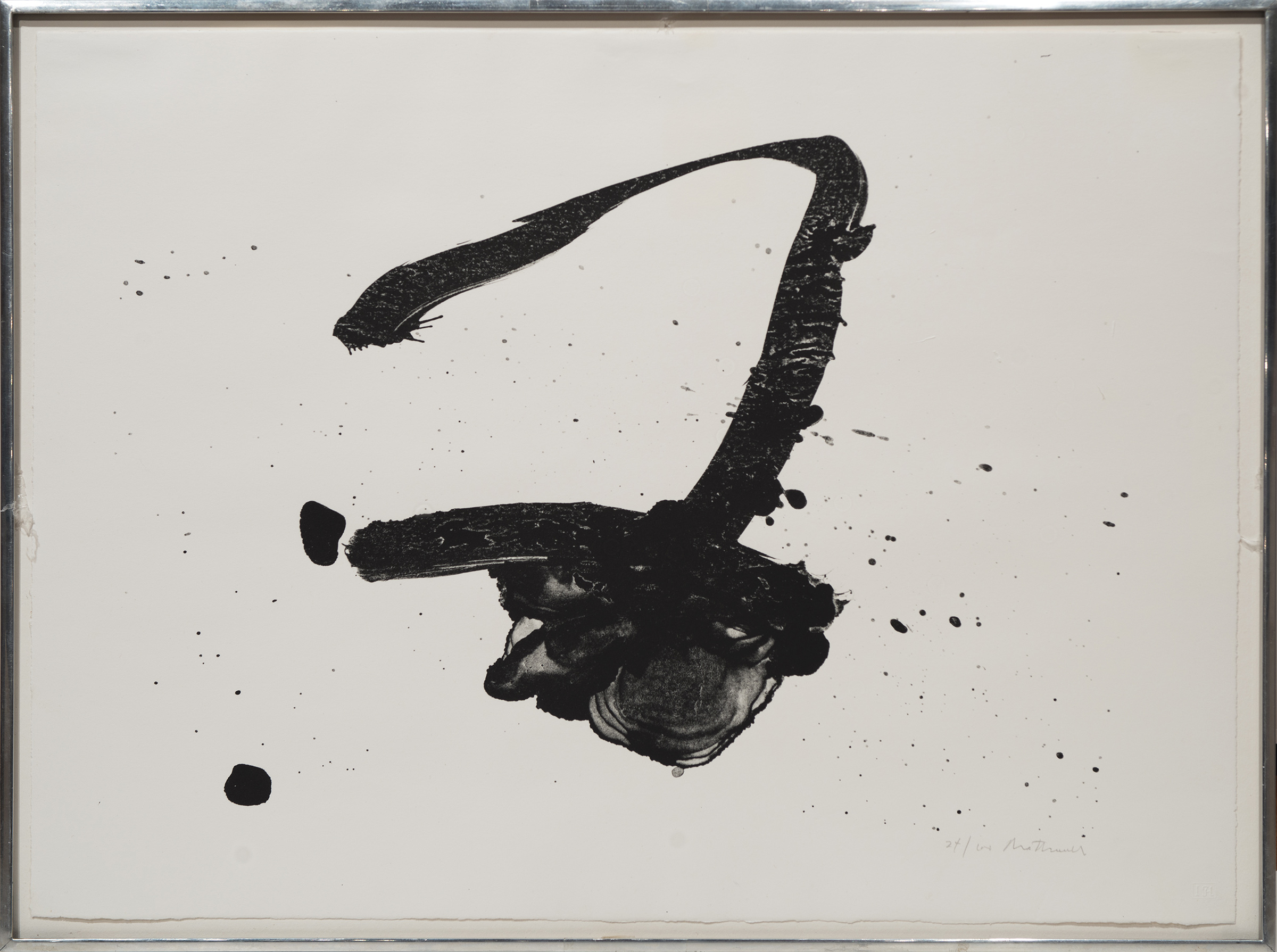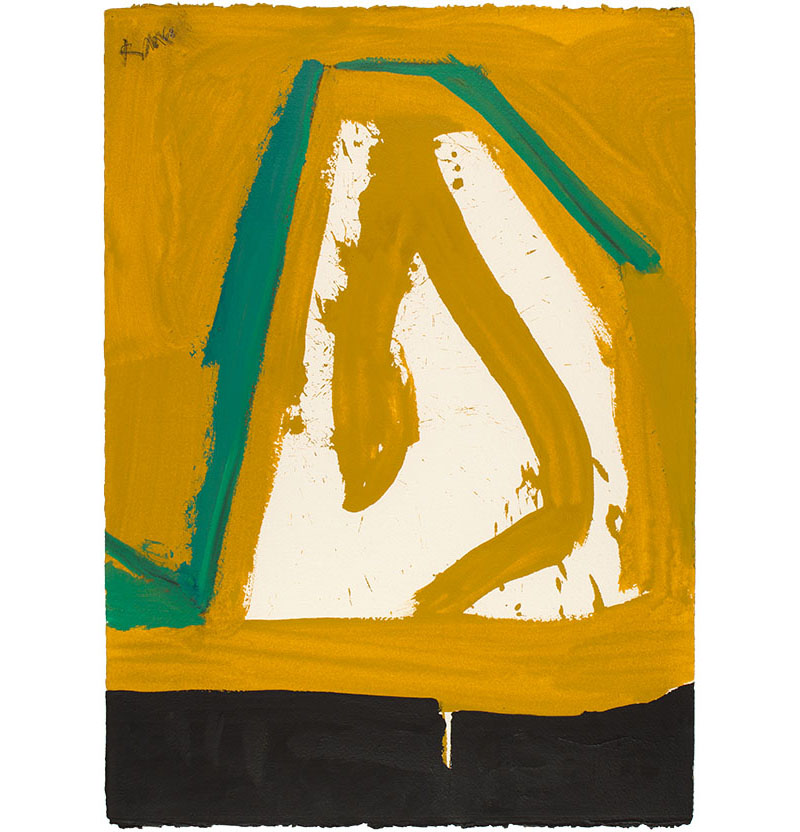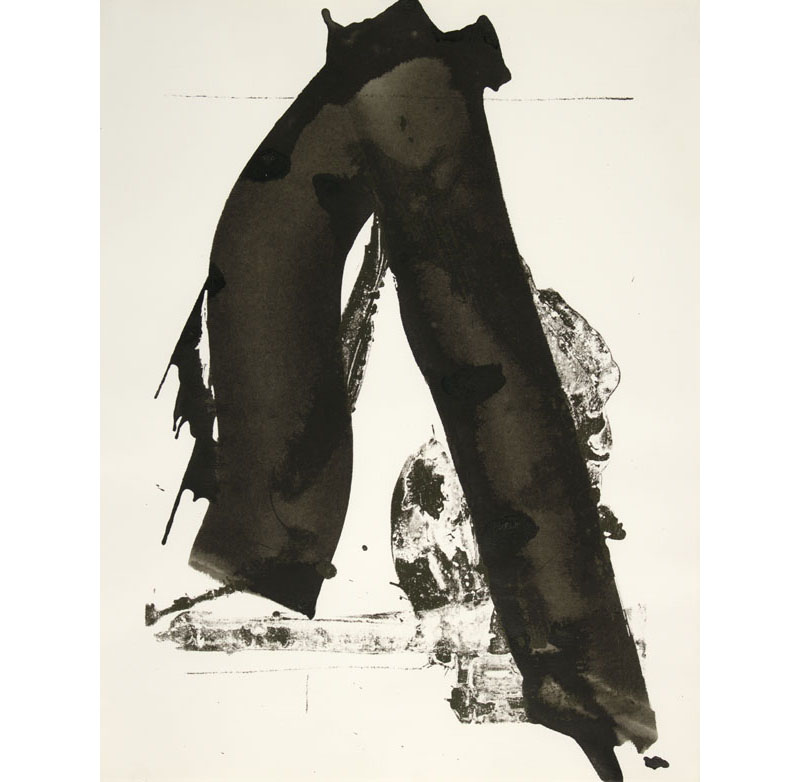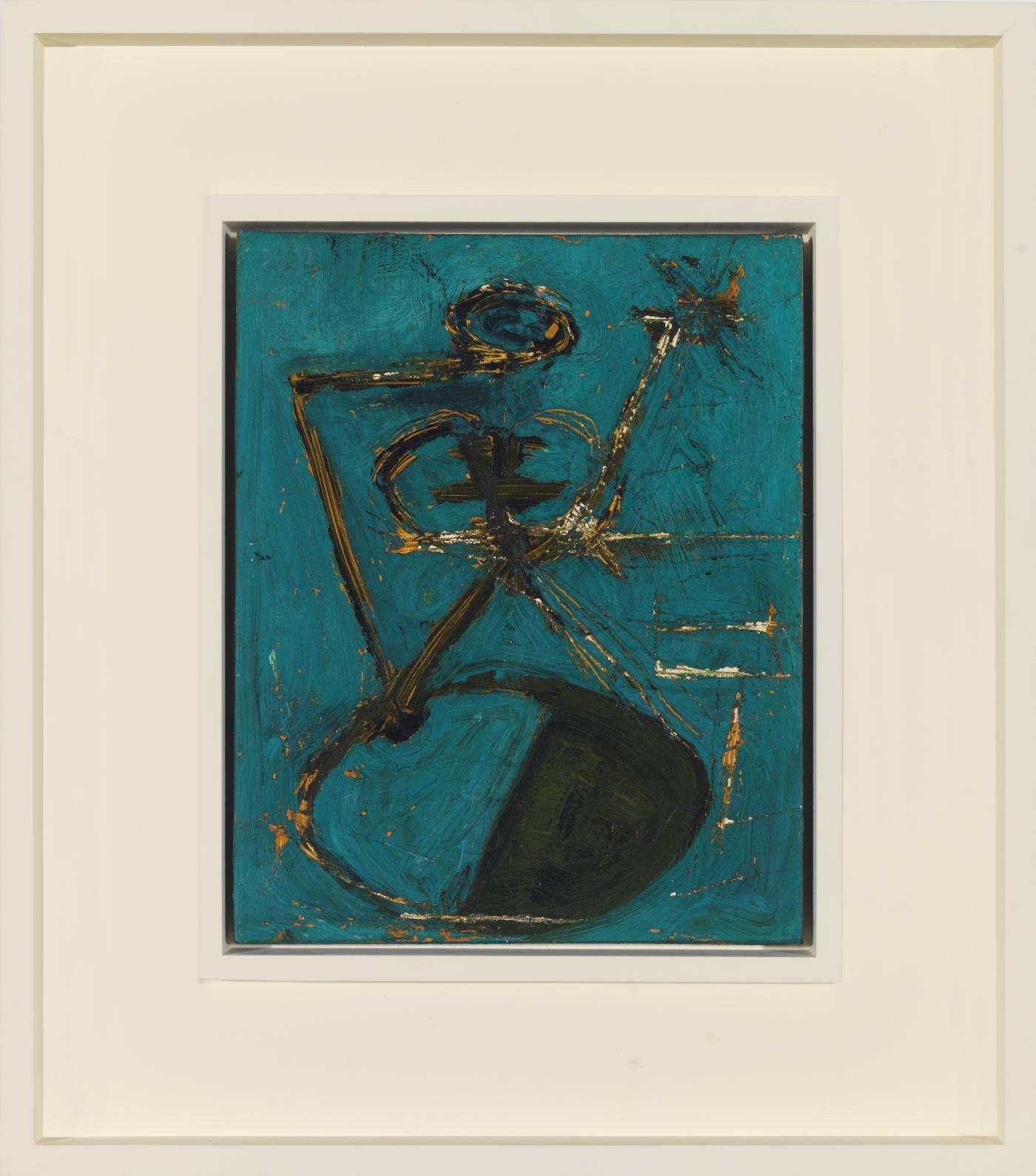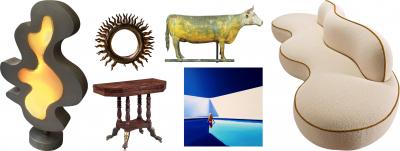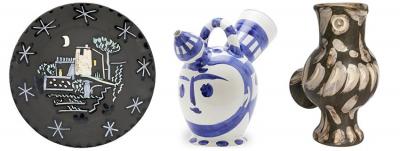Robert Motherwell Honored with a Centennial Celebration in Provincetown
Robert Motherwell, a major figure of the New York School best known for his eloquent abstract works, is being honored with a centennial celebration in Provincetown, Massachusetts. Hosted by the Fine Arts Work Center and the Provincetown Art Association Museum, in conjunction with the Dedalus Foundation, Robert Motherwell: A Centennial Celebration includes exhibitions, lectures, and workshops commemorating Motherwell’s legacy in Provincetown as well as his impact on generations of artists and writers.
Born in 1915 in Aberdeen, Washington, Motherwell spent most of his childhood in California, where he developed an affinity for the region’s expansive stretches of land and luminous colors -- qualities that later emerged in his Abstract Expressionist paintings. After a brief stint studying painting at the California School of Fine Arts, San Francisco, Motherwell received a Bachelor's Degree in Philosophy from Stanford University. At the age of 20, he departed for Europe, returning after a Grand Tour to study at Harvard University. In 1940, Motherwell moved to New York to continue his education at Columbia University. While at Columbia, Motherwell fell in with a group of Parisian Surrealists, including Max Ernst, Marcel Duchamp, and André Masson -- visionaries that would have a profound effect on Motherwell’s creative process. In 1941, following a trip to Mexico with fellow artist Roberto Matta, Motherwell decided to devote his life to painting.
Motherwell went on to develop a singular, groundbreaking style, creating works that were simple and serene yet emotionally charged, buzzing with a sense of restrained movement. These revolutionary works were pivotal in establishing the foundation for Abstract Expressionism. In 1944, Motherwell landed his first one-man show at Peggy Guggenheim's seminal Art of This Century Gallery in Manhattan. Shortly after the exhibition, the Museum of Modern Art purchased one of Motherwell’s works and soon, he emerged as an articulate spokesperson for avant-garde art in America.
In 1962, Motherwell left the hubbub of the New York art scene and retreated to Provincetown, a quaint artists’ colony on the Southernmost tip of Cape Cod, where he would go on to spend his summers with his wife, Helen Frankenthaler. During this period, Motherwell experimented with different styles, creating collages that incorporated found objects, paintings influenced by the then-emerging Color Field movement, sensuous etchings, and richly colored aquatints. Motherwell developed a great affection for Provincetown and the area served as a source of inspiration for the rest of his life.
Now through July 19, 2015, the Provincetown Art Association Museum and the Fine Arts Work Center are presenting companion exhibitions of paintings, collages, and works on paper by Motherwell. The artworks, along with photographs and ephemera, illustrate Motherwell’s highly influential creative process. The exhibition at the Work Center, which focuses on writing as well as the visual arts, explores Motherwell’s relationships with important twentieth century writers such as James Joyce, T.S. Eliot, Octavio Paz, and Rafael Alberto. The Provincetown Art Association Museum is presenting paintings and collages from its permanent collection as well as works on loan from the Dedalus Foundation. Founded in 1981 by Motherwell, the Dedalus Foundation fosters public understanding of modern art and Modernism through its programs in arts education, research and publications, archives and conservation, and exhibitions, as well as in the guardianship and study of Motherwell’s art.
Ancillary events will continue through May 31, 2015, at various locations.















